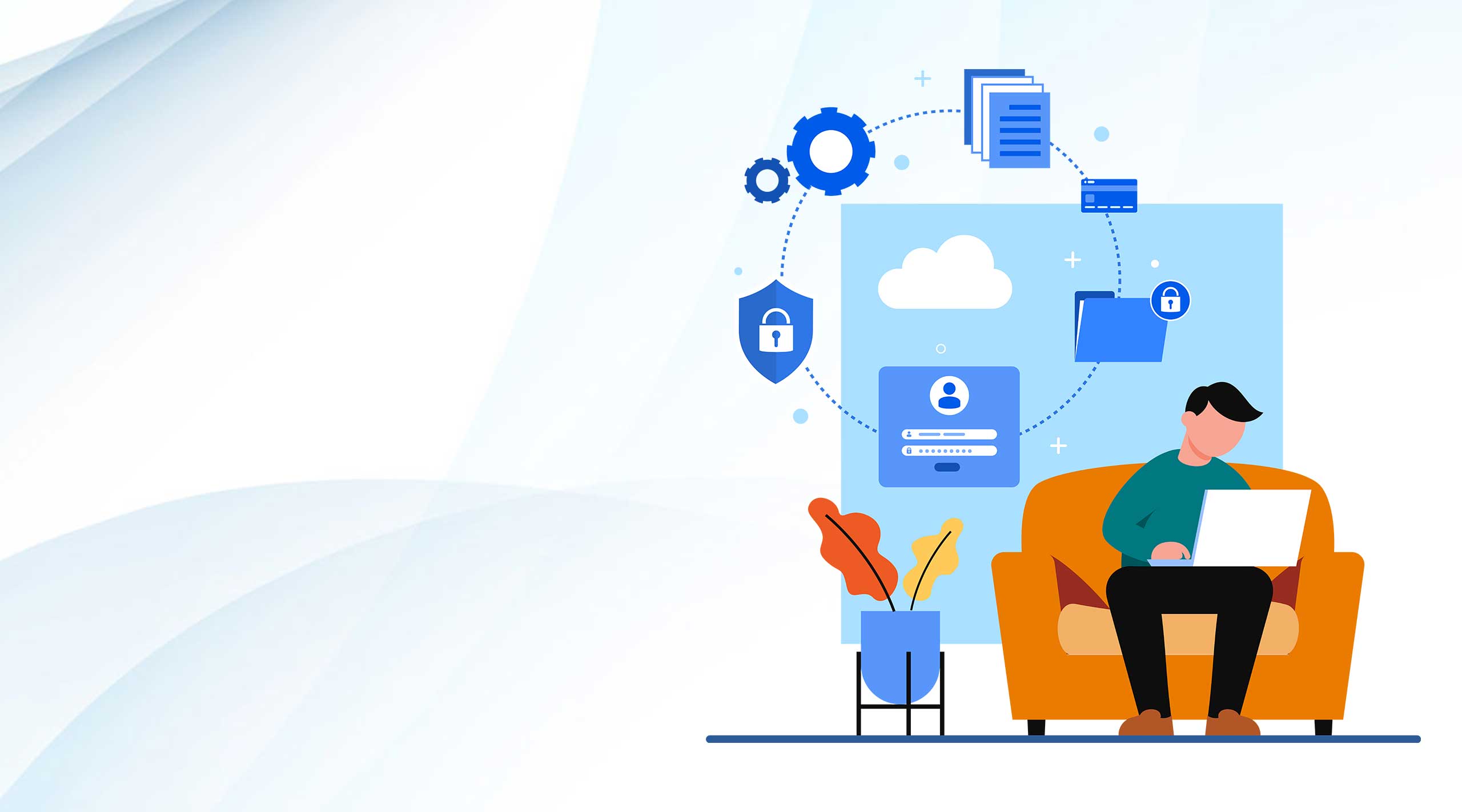
Introduction to application security
In the fast-paced and interconnected world of technology, ensuring the security of your applications is not just a best practice; it’s a critical necessity. As businesses migrate to cloud technologies, the need for robust application security has become more pronounced than ever. In this comprehensive guide, we’ll explore the fundamentals of application security, delve into key concepts, and provide insights to fortify your digital assets against cyber threats.
Understanding Application Security Principles
Application security encompasses a holistic set of principles designed to safeguard software applications from potential cyber threats and vulnerabilities. While some principles align with those of code security, the broader scope of application security extends beyond individual lines of code to include the entire application environment.
Core Principles of Application Security
- Authentication and Authorization:
- Ensuring Access Control: Application security emphasizes robust authentication and authorization mechanisms to control user access, preventing unauthorized entry and protecting sensitive functionalities.
- Data Encryption and Confidentiality:
- Protecting Sensitive Information: Robust encryption techniques are employed to safeguard sensitive data, ensuring confidentiality both within the application and during data transmission.
- Input Validation and Sanitization:
- Preventing Injection Attacks: Just as in code security, application security places a high priority on input validation and sanitization to thwart common attacks such as SQL injection and cross-site scripting (XSS).
- Session Management:
- Maintaining Secure User Sessions: Proper session management is crucial to prevent session-related vulnerabilities, ensuring that user interactions with the application remain secure and reliable.
- Secure Configuration Practices:
- Mitigating Security Misconfigurations: Application security involves meticulous configuration management to prevent security misconfigurations, reducing the attack surface and potential vulnerabilities.
Embracing Cloud Technologies in Application Security
As organizations increasingly adopt cloud technologies, the landscape of application security has evolved. Cloud security is an integral part of the broader application security framework, ensuring that applications hosted in the cloud are resilient against a myriad of cyber threats.
Cloud Security: An Extension of Application Security
- Secure Cloud Development:
- Integrating Security into Cloud Applications: Application security seamlessly extends into the cloud. Explore best practices for secure cloud development, addressing unique challenges and considerations in cloud environments.
- Vulnerabilities in Cloud Applications:
- Identifying and Mitigating Risks: Cloud technologies come with their own set of vulnerabilities. This section discusses common vulnerabilities in cloud applications and provides strategies to identify and mitigate these risks effectively.
Navigating the Cybersecurity Landscape
Cybersecurity is a dynamic field that plays a pivotal role in application security. Understanding the evolving threat landscape is essential for implementing effective security measures.
Key Aspects of Cybersecurity in Applications
- Threat Intelligence Integration:
- Proactive Defense Mechanisms: Learn how integrating threat intelligence into your application security strategy empowers your defenses with real-time insights, enabling proactive defense against emerging cyber threats.
- Cybersecurity Best Practices:
- Continuous Learning and Adaptation: Cybersecurity is an ever-evolving field. Discover best practices for continuous learning and adaptation, ensuring your application security strategy remains resilient in the face of evolving cyber threats.
Conclusion: A Secure Future Awaits Your Applications
In conclusion, application security is a multifaceted approach that extends beyond individual lines of code. It encompasses a broad set of principles and practices to safeguard your digital assets, user data, and the trust of your stakeholders. As we navigate through subsequent articles, we will delve deeper into specific aspects such as [upcoming topics], offering actionable insights to empower you in fortifying your application security efforts.

